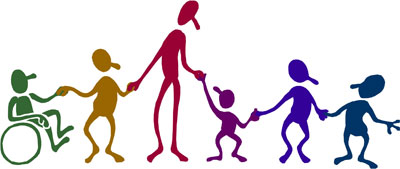Throughout many years “Canada
“In many cases, newcomers’ efforts to seek help are thwarted by systematic obstacles. Newcomers experienced extensive unmet support needs, which service providers cannot adequately meet due to bureaucratic and resource constraints. Policies in various sectors that affect the lives on immigrants and refugees are inadequate for bridging their support deficiencies.” (Stewart, Anderson, Beiser, Mwakarimba, Neufeld, Simich, & Spitzer, 2008) Basically this means that it is very difficult for both immigrants and refugees to settle in easily to their new homes. (Stewart, Anderson, Beiser, Mwakarimba, Neufeld, Simich, & Spitzer, 2008) Without the proper resources immigrants and refugees need to make a healthy and successful transition into Canada
“The U.S. Canada Canada Canada Canada
Immigrants and refugees go through many processes and may wait years until they are accepted into Canada
References:
- Stewart, Miriam, Anderson, Joan, Beiser, Morton,
Mwakarimba, Edward, Neufeld, Anne,
Simich, Laura, & Spitzer, Denise. (2008).
Multicultural meanings of social among
immigrants and refugees. 46(3).
- Teixeira, Carlos, & Wei, Li. (2009). Immigrant and
refugee experiences in north american cities. 7(3),
221-227.
- Brettany G.
